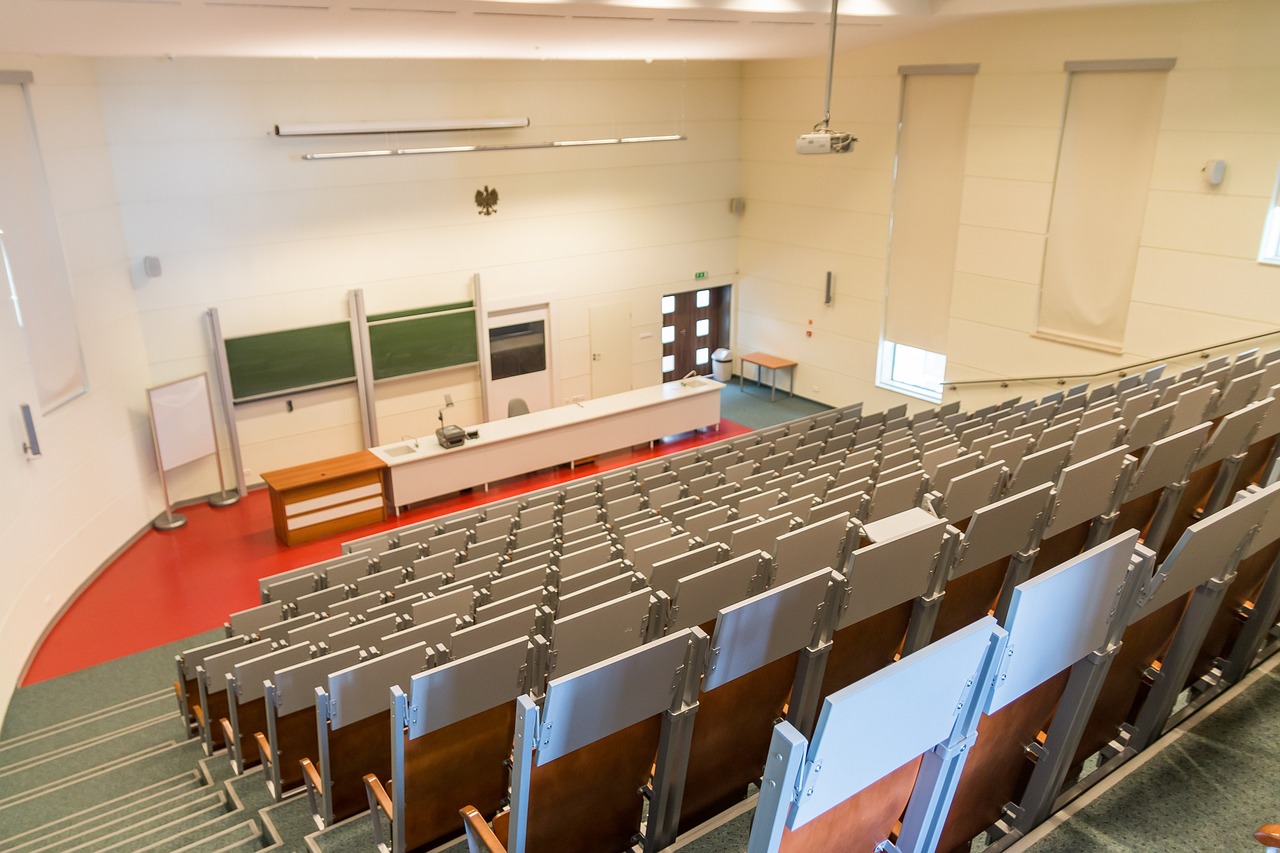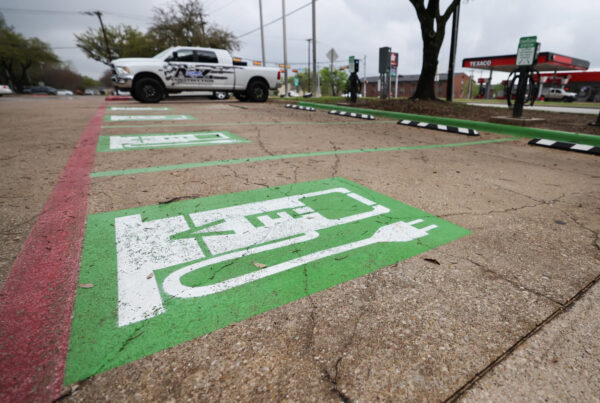It’s March, which means millions of college-bound hopefuls are finding out admissions decisions that will impact the next four years of their lives. But this year, there’s a hiccup.
In previous years, some 17 million prospective college and university students submitted a Free Application for Federal Student Aid, or FAFSA, form. The form provides federal data essential for schools to put together financial aid packages. However, this year only about 6 million students have been able to fill out the form so far.
To understand what’s going on, we need to go back to 2020, when Congress ordered an update to what used to be considered a notoriously difficult and complex FAFSA form, hoping to expand federal student aid to more low income students. The new application now has only 50 questions, compared to the 108 questions on the old form. It’s also designed to make more generous calculations for financial aid eligibility.
But the revamp meant the new applications weren’t available until Dec. 31 last year, three months later than usual. And it wasn’t until last Sunday that colleges first began receiving the federal data they need to put together these financial aid packages, which has left many students and their families frustrated, confused and, by some accounts, giving up hope altogether.
Betsy Mayotte, the president and founder of The Institute of Student Loan Advisors, said some problems were anticipated, but the delay was more severe than expected.
“Any time that you do a really large system change, one should anticipate some bumps in the road. So I don’t think necessarily that the Department of Education was caught completely off guard, but they were certainly not intending for things to be as delayed as they were,” she said.
“I think part of the reason that we have had these bumps in the road and the delays is that the system that we’ve been working with before is old, like vintage, but not in a good way. And that could make things really difficult to transfer data and rules from an old system to a new system.”
In addition to the delayed form, many families experienced difficulties with the new system.
“Unfortunately, the result of that is we’re seeing a significant decline in the number of families filling out the FAFSA,” Mayotte said. “In fact, it’s estimated that by the time this all shakes out, FAFSA submissions might be down by as much as 30%.
I’m very confident that the errors that we’re seeing are going to shake out, and in the end, these families will be okay. But I do worry, and I think the industry as a whole is worried about that 30% that may, as you put it, just throw up their hands for this year.”
In response to these problems, Mayotte said colleges and universities are being encouraged to extend their deadlines beyond May 1 to give students more time to figure out financial aid.
“Secretary (of Education) Miguel Cardona just sent a letter on Tuesday to all the state governors encouraging them to extend the state aid deadline and hopes that the colleges will follow,” she said. “From my end, I am seeing that most colleges are probably intending to extend the deadline to either May 15 or even June 1.
And if you are a student who wasn’t filled out the FAFSA yet, Mayotte said it’s not too late.
“It’s technically never too late to fill out the FAFSA. In fact, I believe in Texas, it’s actually a requirement of high school seniors to fill out the FAFSA or to physically fill out an opt out form,” Mayotte said. “To add further encouragement to people in Texas, the estimate is that in Texas alone, with the new FAFSA calculation, an additional 51,000 people will end up being eligible for the Pell Grant, which is free money, money you don’t have to pay back, than would have been eligible under the old formulas.”
Mayotte said the new formula will help some families better afford college, but there is still a long way to go.
“College is still incredibly expensive. And the amount of student debt that families are having to take on to afford college continues to grow,” she said. “There was some data that came out just yesterday. There are some colleges in Massachusetts whose tuition is up to $90,000 a year, and that’s just not sustainable.”
For those who still have questions or need help, Mayotte suggested checking out the Texas-based non-profit Mapping Your Future for more resources.














